Trending Topics:
- Blood Moon 2025
- Potoo Bird
- Cosmic Butterfly in Space
- Jupiter Juno
Hen vs Chicken: What’s the Difference?
Explore the differences between hens and chickens, from gender and appearance to egg production and meat quality.
1/10
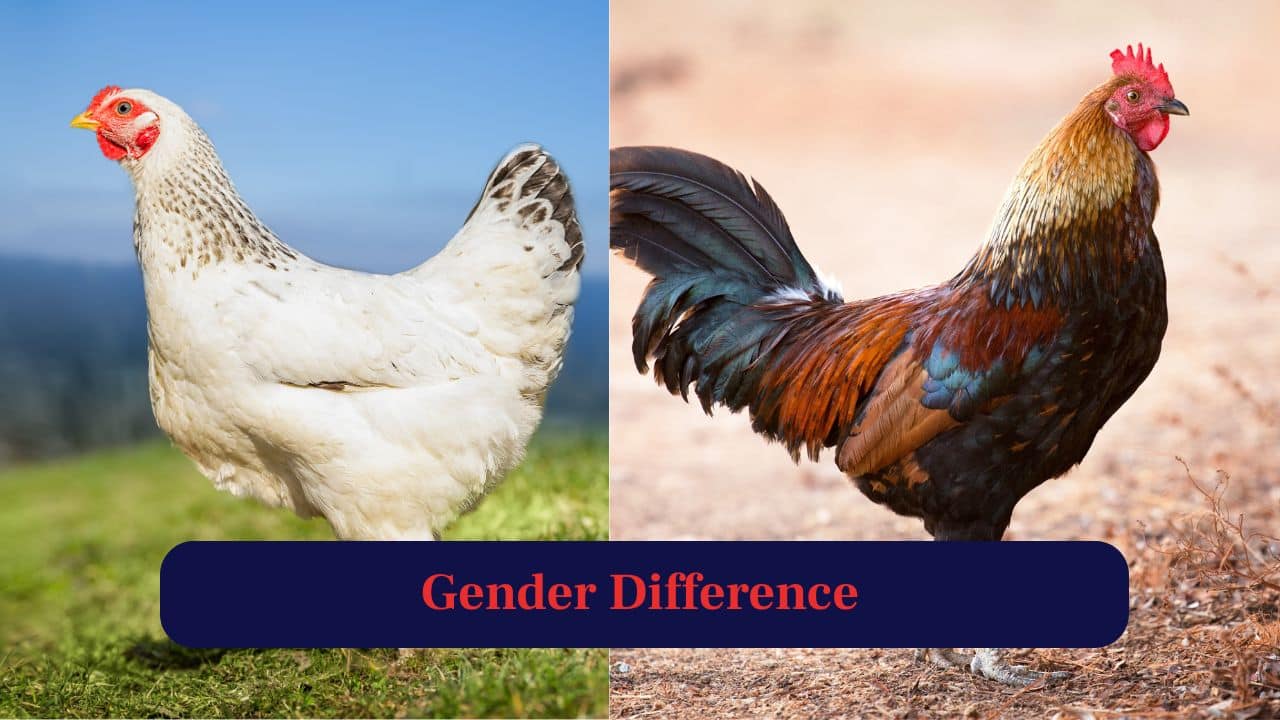
1. Gender Difference: Hens are female, responsible for laying eggs, whereas the chickens can be male or female, including both hens and roosters. (Image: Canva)
2/10
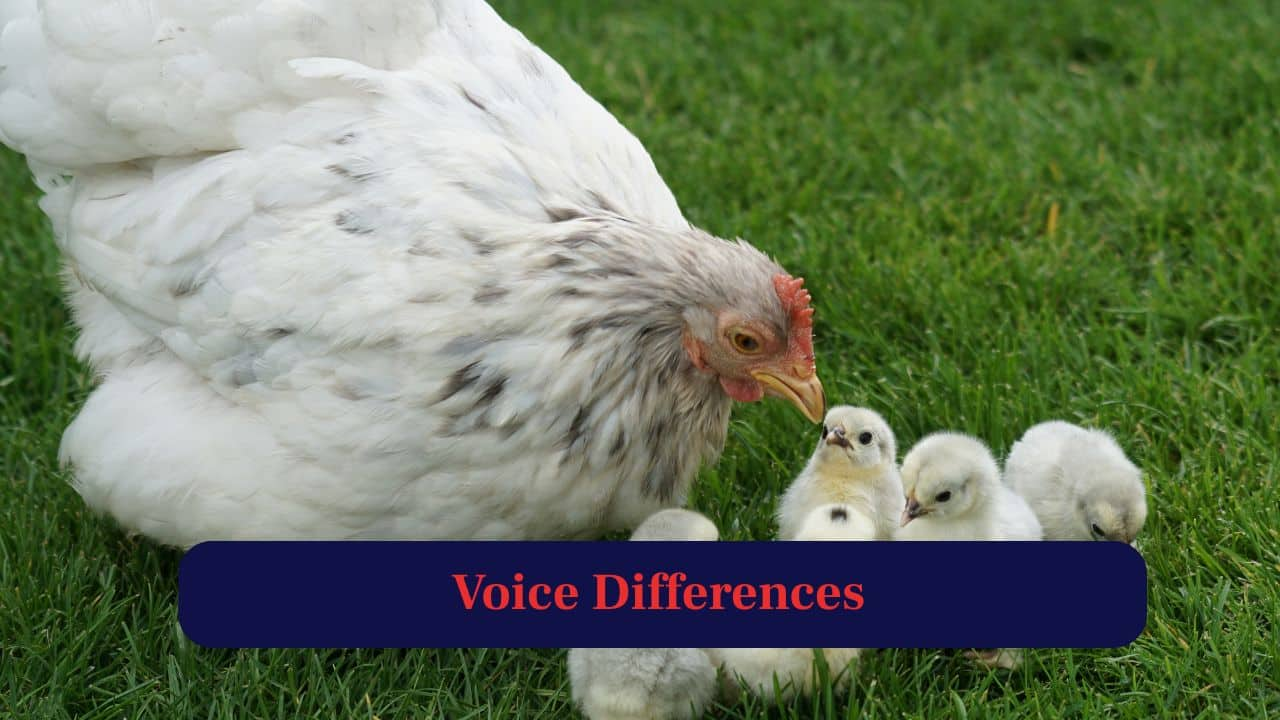
2. Voice Differences: Hens cluck softly, especially when nesting. The chickens crow loudly to mark territory or alert the flock. (Image: Canva)
3/10
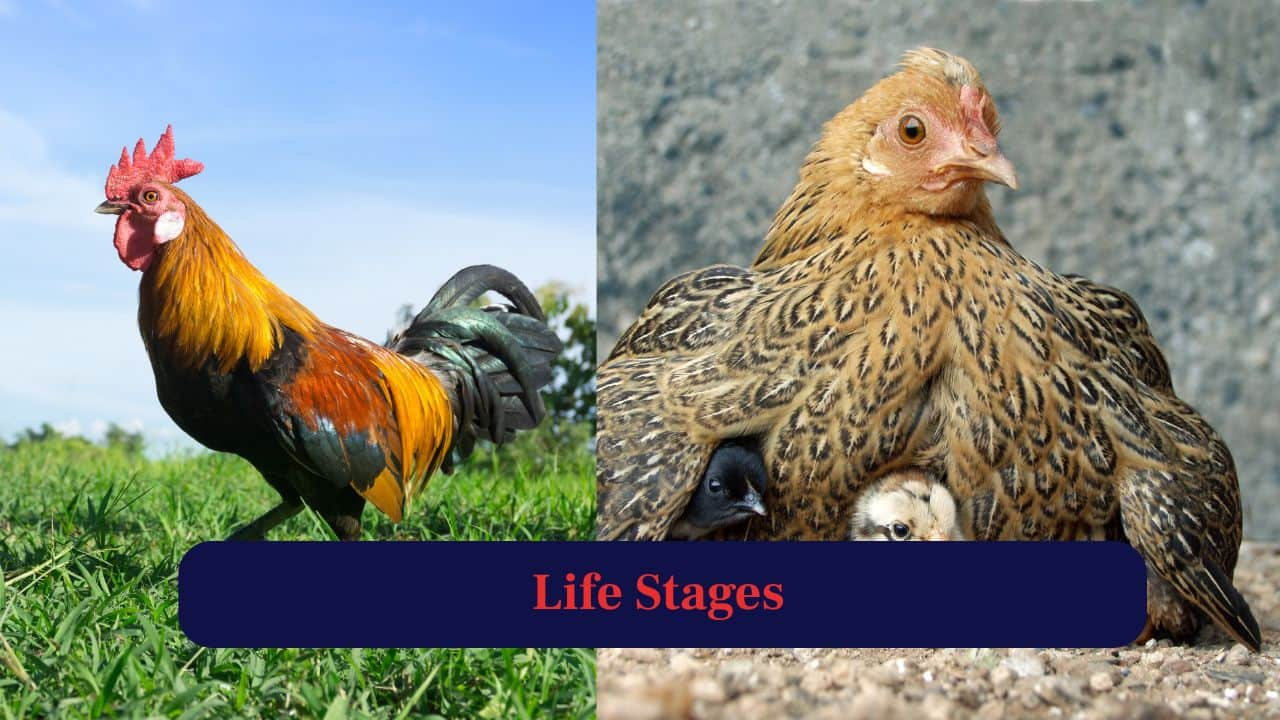
3. Life Stages: Chickens include chicks, pullets and adults. In case of “hen”, they specifically refer to a mature female chicken. (Image: Canva)
4/10
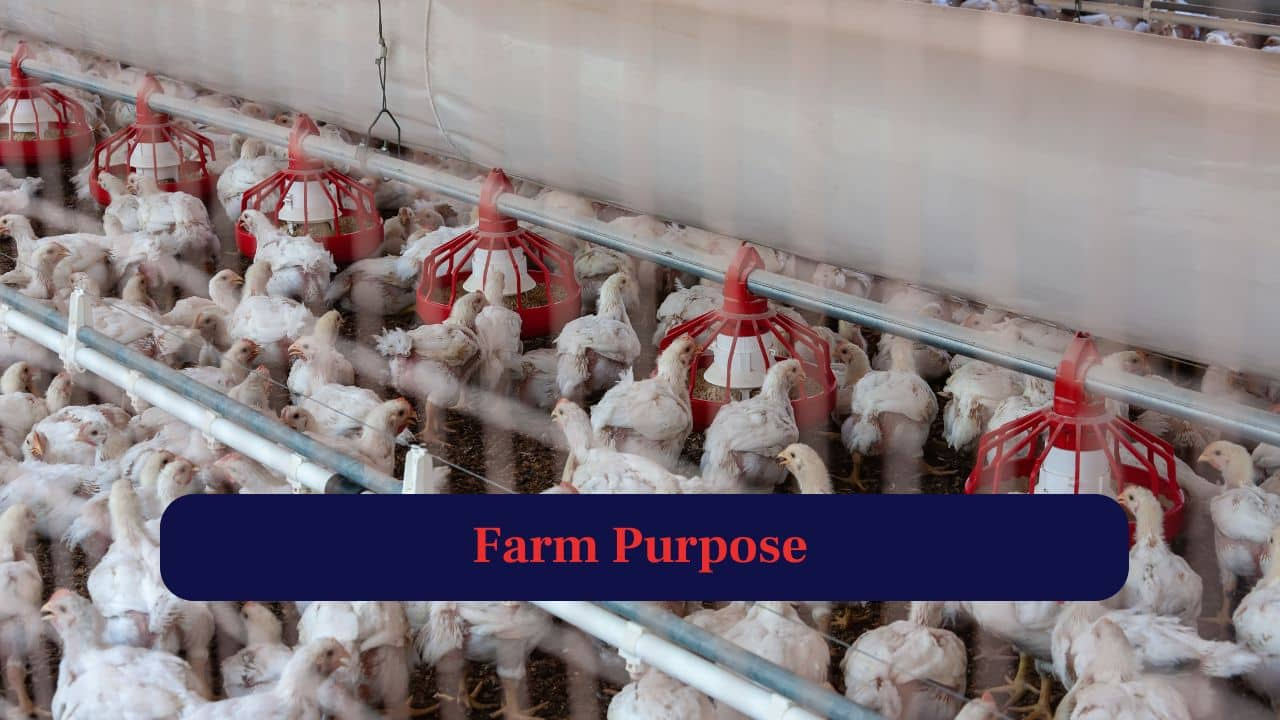
4. Farm Purpose: Hens are primarily kept for egg production, whereas male chickens may be raised for meat or breeding. (Image: Canva)
5/10
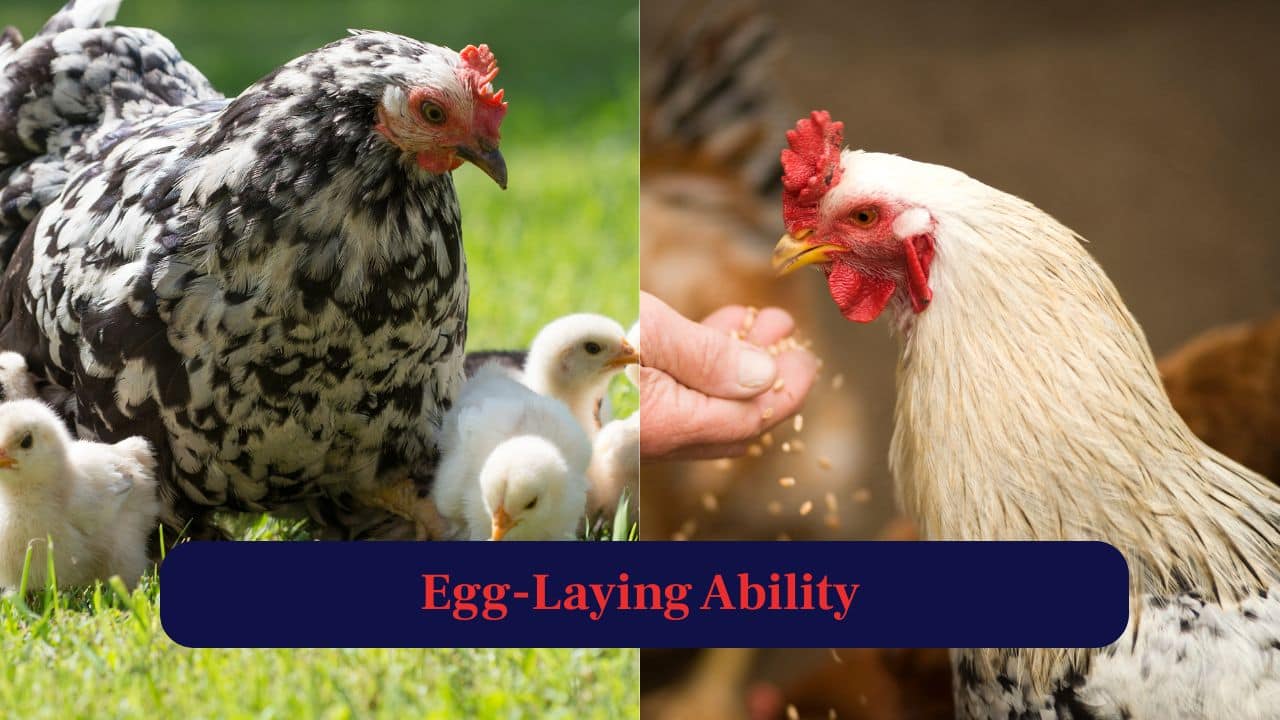
5. Egg Laying ability: Hens lay eggs regularly, a defining feature. The male chickens, like roosters, do not produce eggs. (Image: Canva)
6/10
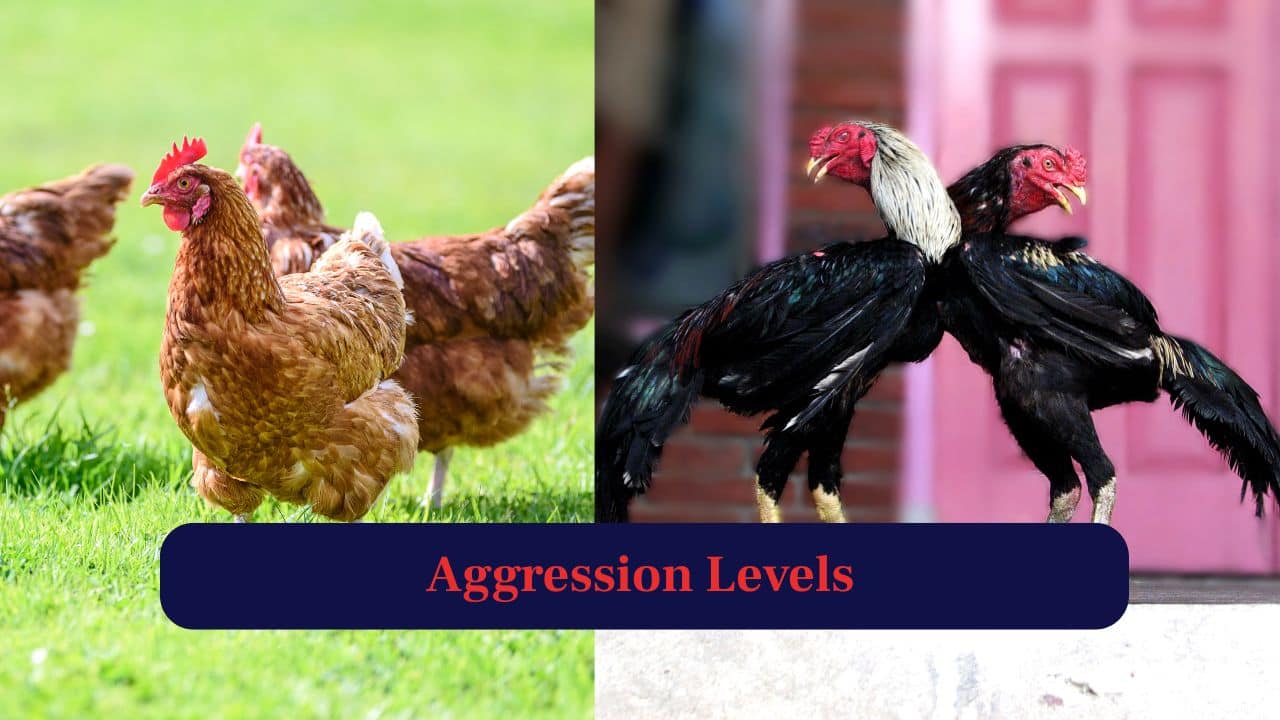
6. Aggression Levels: Hens are usually docile and calm, while roosters can be territorial or aggressive towards other males. (Image: Canva)
7/10

7. Size and Appearance: Hens are generally smaller with calmer plumage. The roosters (male chickens) are larger with brighter feathers and more prominent combs. (Image: Canva)
8/10
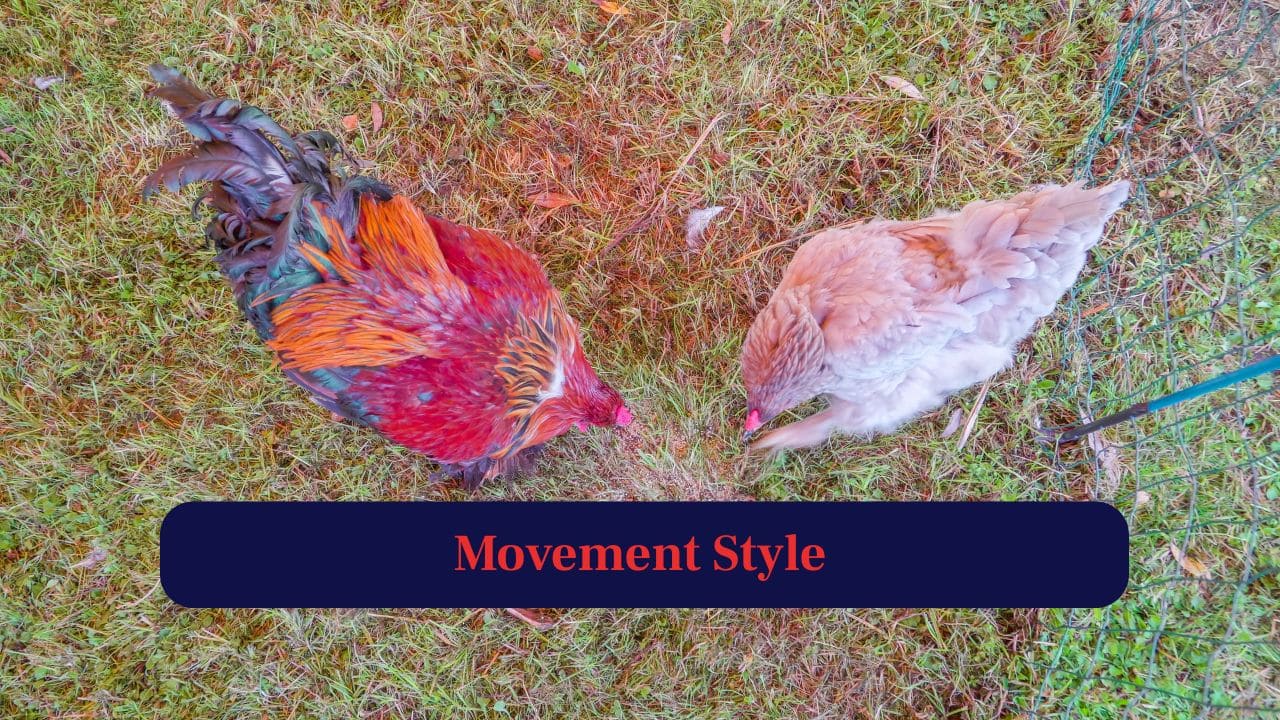
8. Movement Style: Hens tend to scratch and peck close to the ground whereas, roosters often strut proudly with pronounced steps. (Image: Canva)
9/10
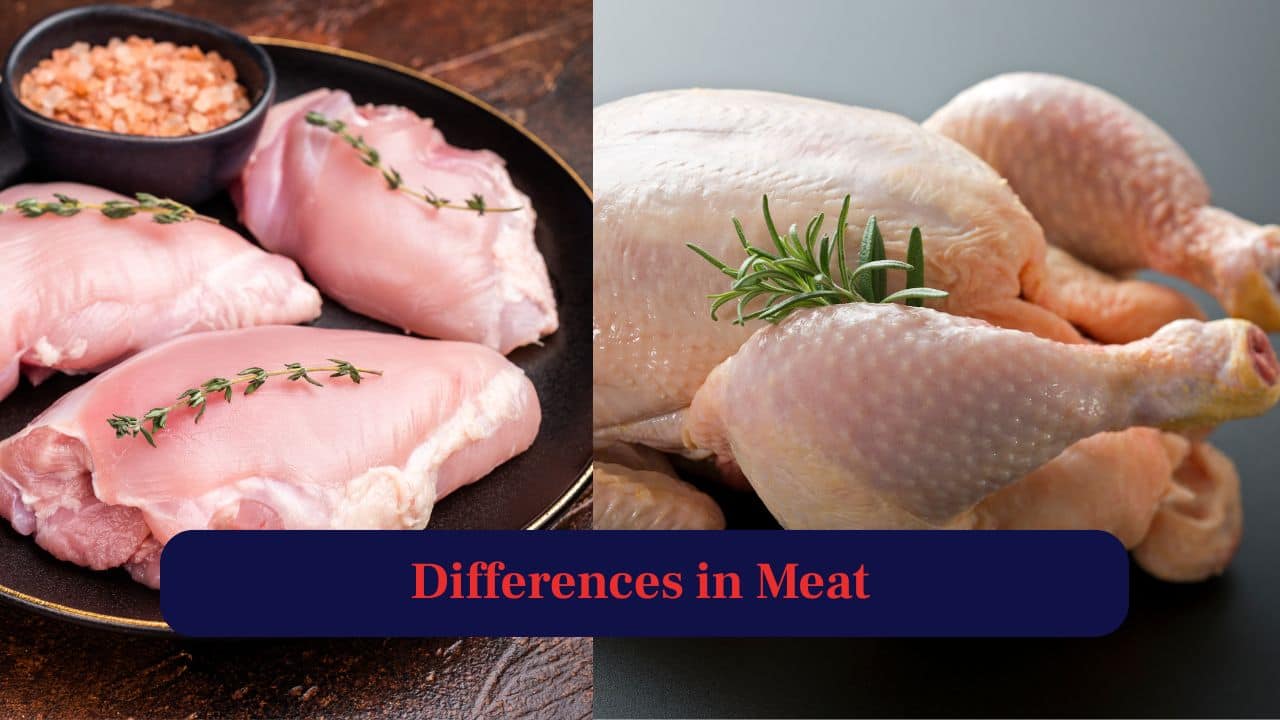
9. Differences in Meat: Hen meat is firm and flavorful, best for slow cooking. The rooster meat is tougher and rich in taste. (Image: Canva)
10/10
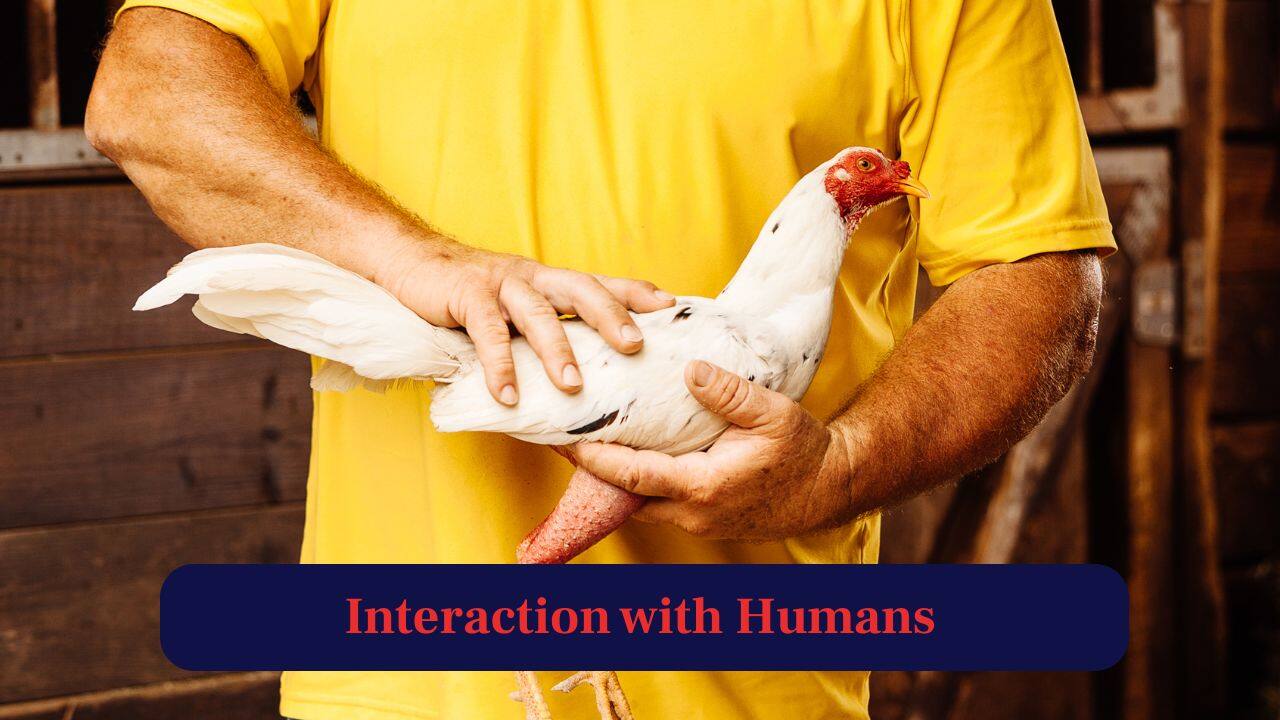
10. Interaction with Humans: Hens are usually friendlier and easier to handle. But roosters can be wary or aggressive toward humans. (Image: Canva)
Discover the latest Business News, Budget 2025 News, Sensex, and Nifty updates. Obtain Personal Finance insights, tax queries, and expert opinions on Moneycontrol or download the Moneycontrol App to stay updated!






